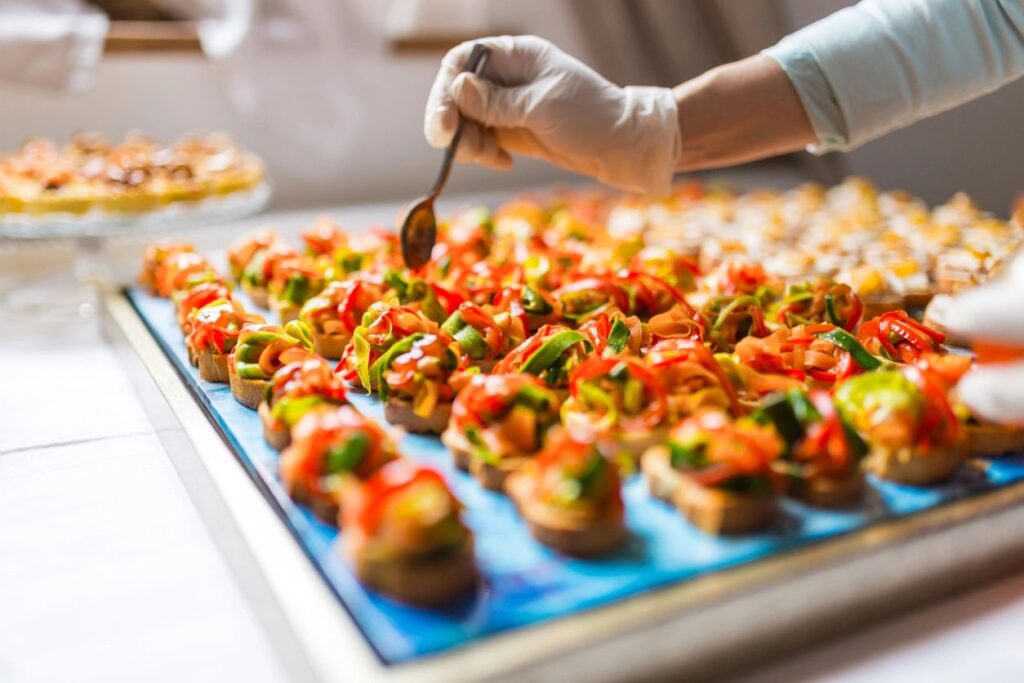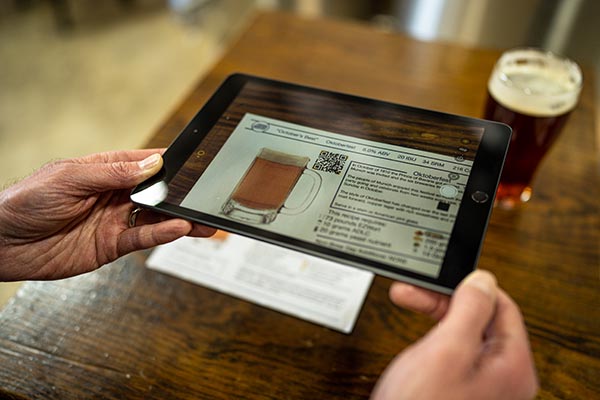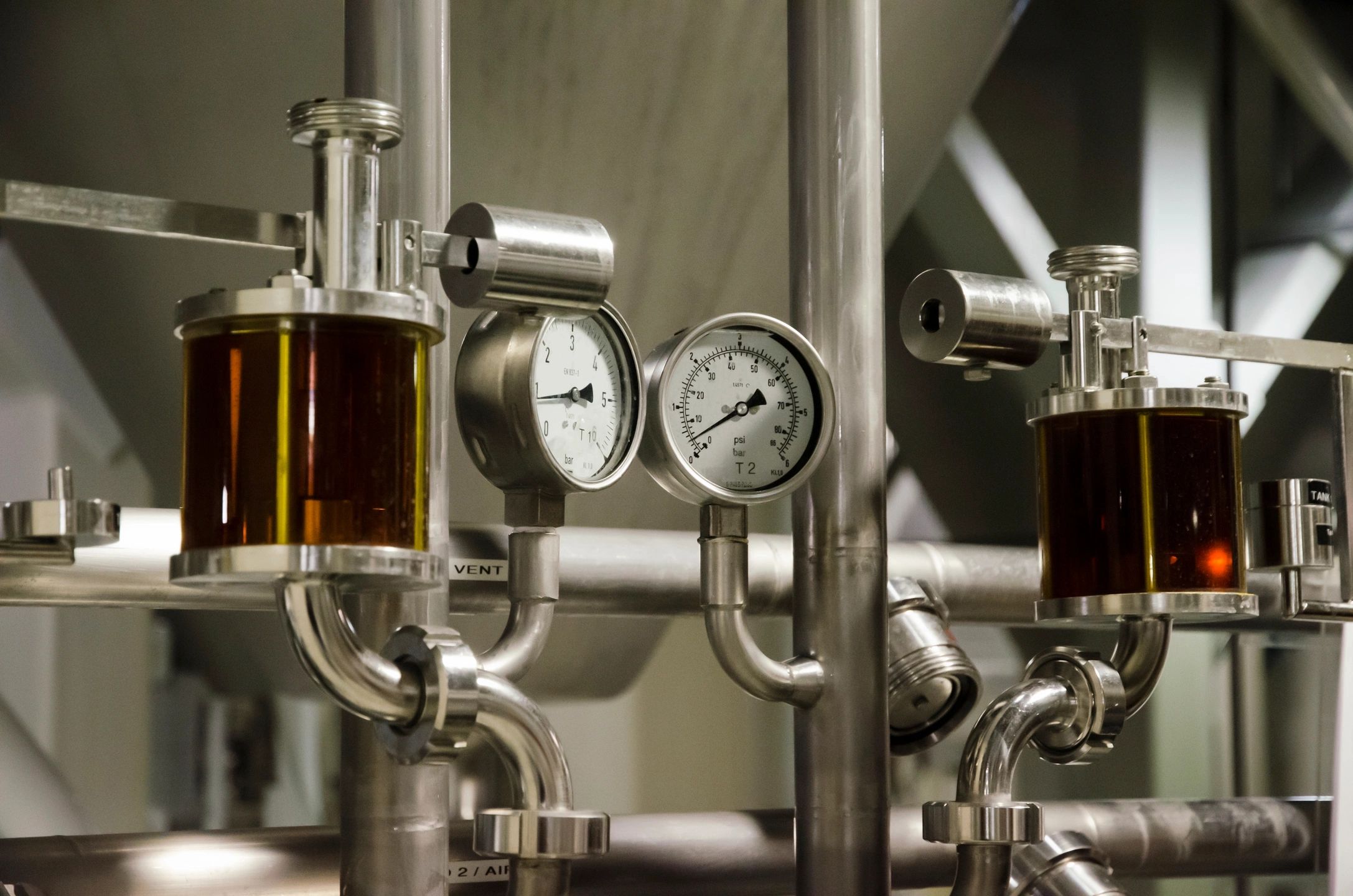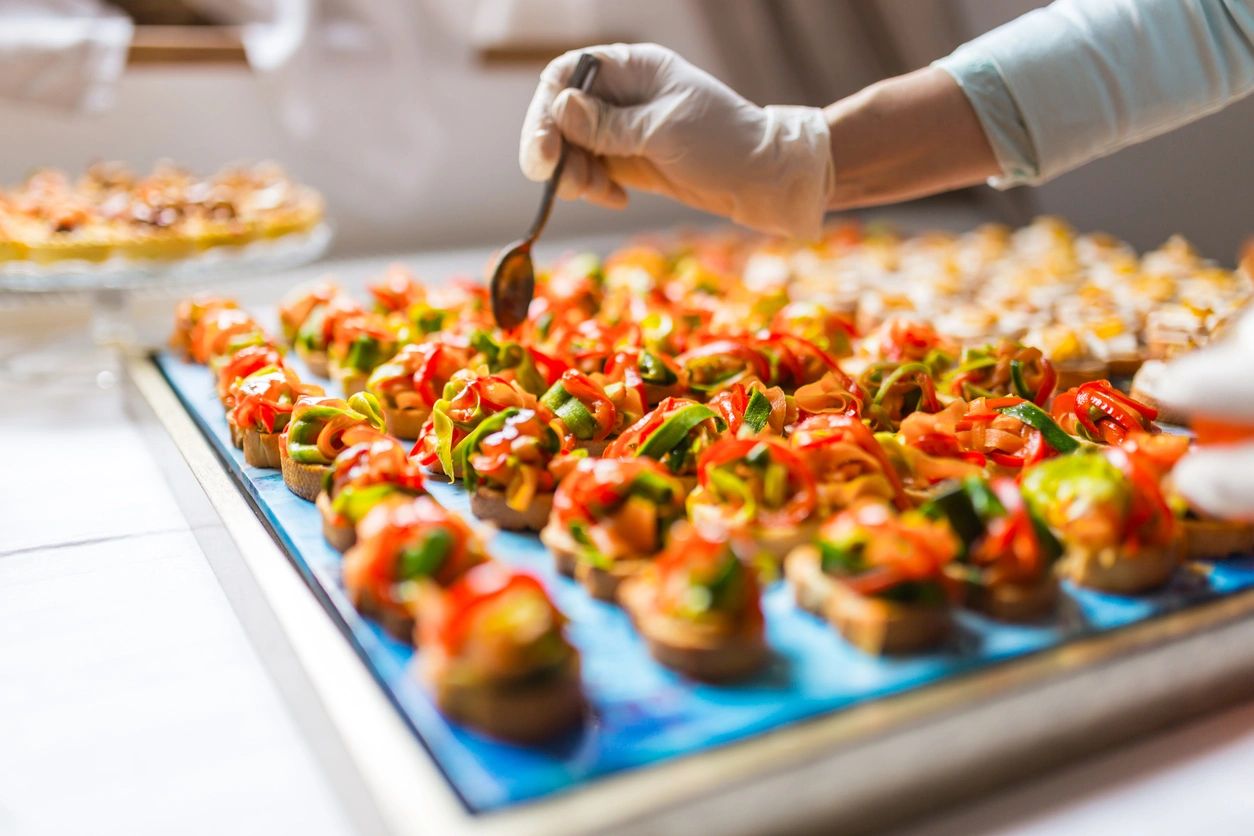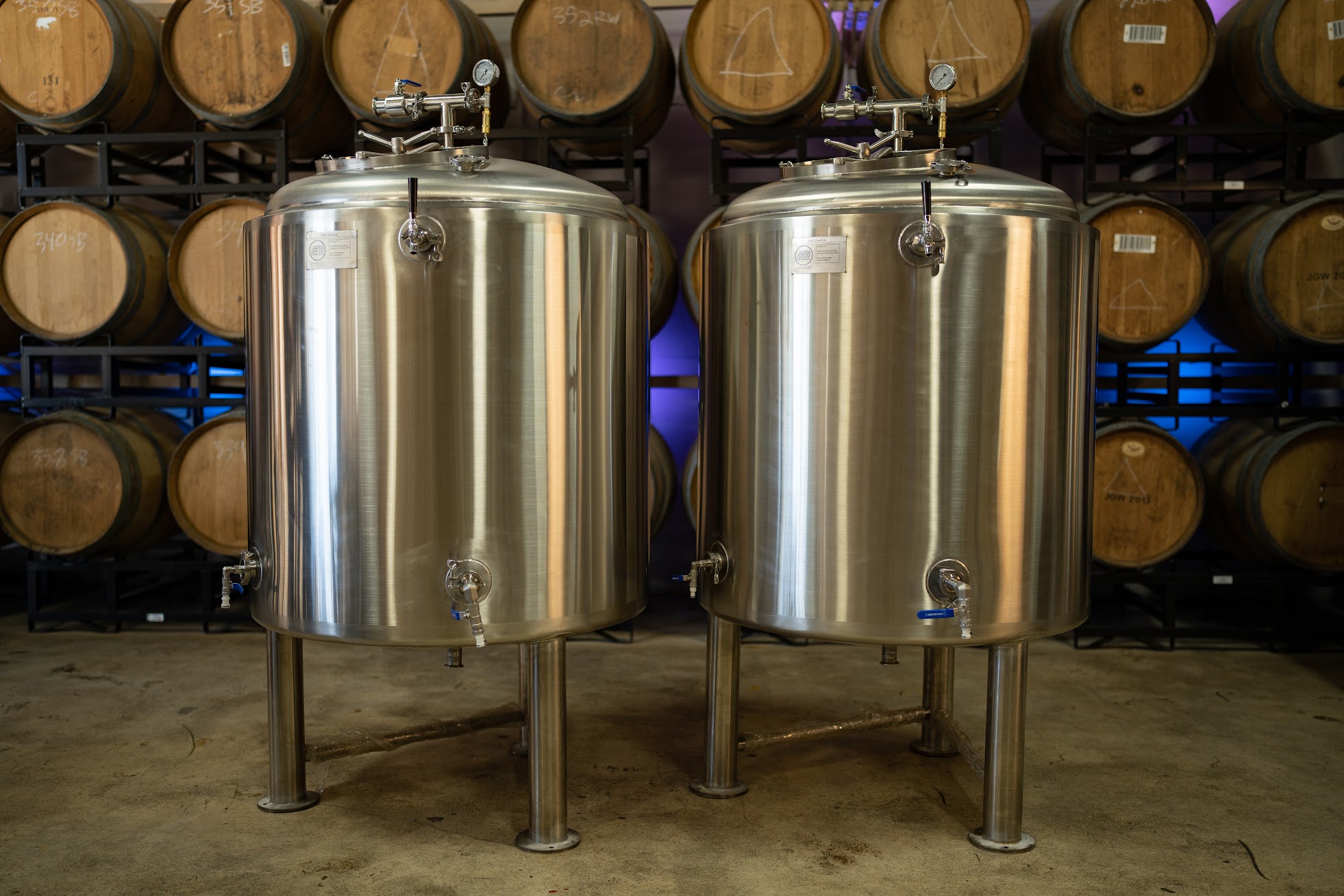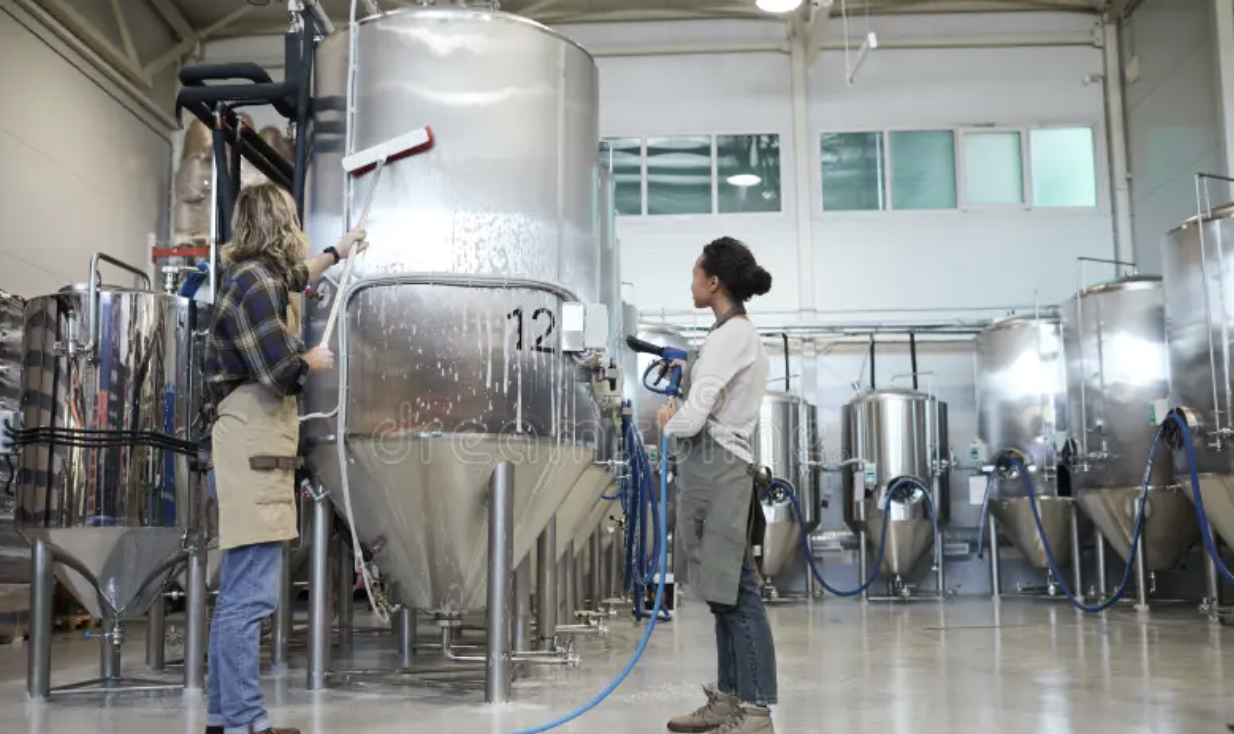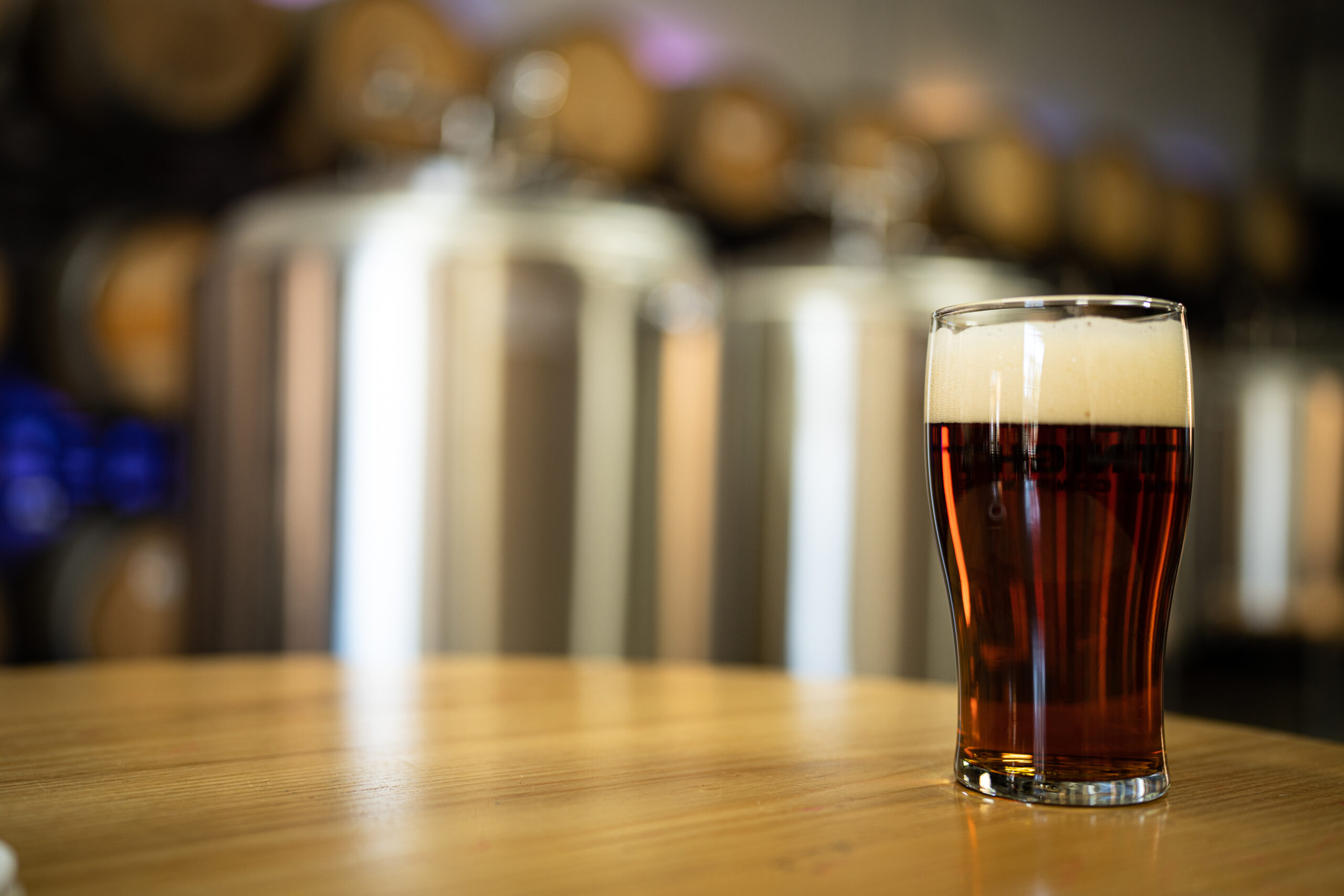
The traditional idea of a restaurant, as a brick-and-mortar establishment where diners sit and eat, has evolved dramatically over the past few years. Technological advancements, shifts in consumer behavior, and the need for diversification have propelled many restaurants to branch out into several micro businesses. Instead of relying solely on dine-in customers, restaurants are expanding their horizons, offering everything from catering to brewing their own beer.
# 1. Catering and Event Services
It’s no secret that catering has always been a profitable venture for restaurants, but recent years have seen this aspect becoming a major cornerstone. Some restaurants have even evolved their primary operations to cater to events, offering specialized menus tailored for various occasions. Establishments like The Fat Radish in New York City, originally just a sit-down restaurant, have now made a significant mark in the catering world with their delectable farm-to-table dishes[^1^].
# 2. In-House Automated Brewing
Craft beer has been a raging trend, and restaurants have not missed the wave. Instead of just serving beers from different breweries, some establishments are investing in in-house brewing systems. The EZBrew system is a classic example. It’s a compact brewing system, allowing restaurants to brew their own beers without the need for expansive infrastructure[^2^]. The taste of a freshly brewed beer, unique to a restaurant, offers an enticing proposition to beer enthusiasts.
# 3. Merchandising and Product Sales
From hot sauces to bakery items, restaurants have delved into retail. Take, for example, the iconic Sriracha hot sauce from Huy Fong Foods. It started as a product served in restaurants and is now a household name available on grocery shelves worldwide[^3^]. By creating and branding unique products, restaurants not only increase their revenue streams but also enhance brand recall and loyalty.
# 4. Cooking Classes and Experiences
The culinary world is intriguing to many, and restaurants are tapping into this curiosity. Establishments now offer cooking classes, wine-tasting events, and other interactive experiences. Sur La Table, although primarily a retail company, brilliantly intertwines retail with culinary classes, giving patrons the chance to learn and then buy what they need[^4^].
# 5. Subscription Services and Meal Kits
HelloFresh and Blue Apron might have popularized the meal kit concept, but restaurants are quickly jumping on board. Recognizing that people might want restaurant-quality food without dining out, many establishments offer weekly or monthly subscription boxes. These boxes contain ingredients and recipes for customers to recreate their favorite dishes at home.
# 6. Virtual Cooking Workshops
The digital age and recent global events have made virtual events a norm. Restaurants, realizing the potential, now host online cooking workshops. Through platforms like Zoom or Google Meet, chefs interact with participants, guiding them as they cook along. This not only provides an additional revenue stream but also helps restaurants reach a wider, even global, audience.
# 7. Digital Pop-Ups and Collaborations
Pop-up restaurants are not a new concept. However, the digital age has given them a new flavor. Restaurants now host digital pop-ups, where for a limited time, they might offer a special menu, perhaps in collaboration with a celebrity chef or influencer. Such events create buzz, attract a new audience, and infuse fresh energy into the brand.
Conclusion
The restaurant business, historically seen as static, has transformed into a dynamic ecosystem of multiple micro businesses. From brewing their own beers to hosting virtual cooking classes, restaurants are continuously reinventing themselves. This multifaceted approach not only aids in risk diversification but also helps in deepening customer relationships. The future of dining is not just about eating out; it’s an amalgamation of experiences, both in-person and digital.
**References**:
[^1^]: [The Fat Radish – Catering](https://www.thefatradishnyc.com/catering)
[^2^]: [EZBrew – Brew Systems](https://www.ezbrew.com/)
[^3^]: Tran, David. “The History of Sriracha.” Huy Fong Foods.
[^4^]: [Sur La Table – Cooking Classes](https://www.surlatable.com/cooking-classes/)

